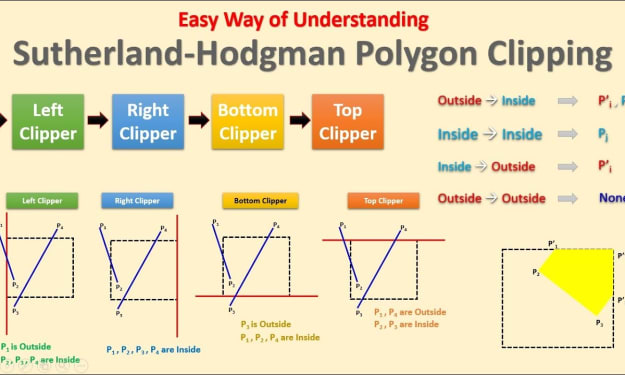Deadlock Detection in C
Understanding Deadlock Detection in C: A Practical Guide

Introduction
Deadlocks are a common issue in concurrent programming where two or more processes are unable to proceed because each is waiting for the other to release a resource. Detecting deadlocks is crucial in ensuring the stability and reliability of concurrent systems. In this article, we will delve into the concept of deadlock detection and implement a simple deadlock detection program in the C programming language.
Understanding Deadlocks
Before we dive into deadlock detection, let's understand what deadlocks are and how they occur. A deadlock situation arises in a system when each process holds a resource and waits for another resource held by another process. As a result, none of the processes can proceed further, leading to a standstill.
Deadlocks typically occur in systems where multiple processes compete for a finite set of resources, such as CPU time, memory, or I/O devices. Four conditions must hold simultaneously for a deadlock to occur:
Mutual Exclusion: Each resource can be held by only one process at a time.
Hold and Wait: A process holding at least one resource is waiting to acquire additional resources held by other processes.
No Pre-emption: Resources cannot be forcibly taken from a process; they must be released voluntarily.
Circular Wait: There exists a set of waiting processes {P1, P2, ..., Pn} such that P1 is waiting for a resource held by P2, P2 is waiting for a resource held by P3, and so on, until Pn is waiting for a resource held by P1, creating a cycle of dependencies.
Deadlock Detection
Deadlock detection is the process of identifying whether a deadlock has occurred in a system. One way to detect deadlocks is by using a resource allocation graph. In this method, each process is represented by a node, and each resource type is represented by a resource edge. A directed edge from a process to a resource represents that the process is holding the resource, and a directed edge from a resource to a process represents that the process is waiting for the resource.
To detect deadlocks, we search for cycles in the resource allocation graph. If a cycle is found, it indicates the presence of a deadlock. Once a deadlock is detected, appropriate actions can be taken to resolve it, such as killing one or more processes involved in the deadlock or releasing resources held by processes.
Implementing Deadlock Detection in C
Now, let's implement a simple deadlock detection program in C. We will use a simplified approach where we represent processes and resources using integers and detect deadlocks by analyzing a resource allocation matrix.
#include <stdio.h>
#define MAX_PROCESSES 10
#define MAX_RESOURCES 10
int allocation[MAX_PROCESSES][MAX_RESOURCES];
int max_demand[MAX_PROCESSES][MAX_RESOURCES];
int available_resources[MAX_RESOURCES];
int num_processes, num_resources;
void initialize() {
// Initialize allocation and max_demand matrices
// Initialize available_resources array
// Set initial values for num_processes and num_resources
}
int is_deadlock() {
// Implementation of deadlock detection algorithm
// Return 1 if deadlock detected, 0 otherwise
}
int main() {
initialize();
if (is_deadlock()) {
printf("Deadlock detected!\n");
} else {
printf("No deadlock detected.\n");
}
return 0;
}
In this program, the initialize() function sets up the allocation and maximum demand matrices, along with initializing the available resources. The is_deadlock() function is responsible for detecting deadlocks by analyzing the resource allocation matrix.
Conclusion
In the realm of concurrent programming, the spectre of deadlocks looms large, threatening system integrity and performance. By comprehending the intricacies of deadlock detection and employing robust strategies, developers can safeguard their systems against these potential pitfalls. Through the implementation of a simple deadlock detection program in C outlined in this article, the journey toward deadlock-free concurrent systems becomes more attainable.
About the Creator
Pushpendra Sharma
I am currently working as Digital Marketing Executive in Tutorials and Examples.
Enjoyed the story? Support the Creator.
Subscribe for free to receive all their stories in your feed. You could also pledge your support or give them a one-off tip, letting them know you appreciate their work.






Comments (2)
Hey, just wanna let you know that this is more suitable to be posted in the 01 community 😊
Great job.